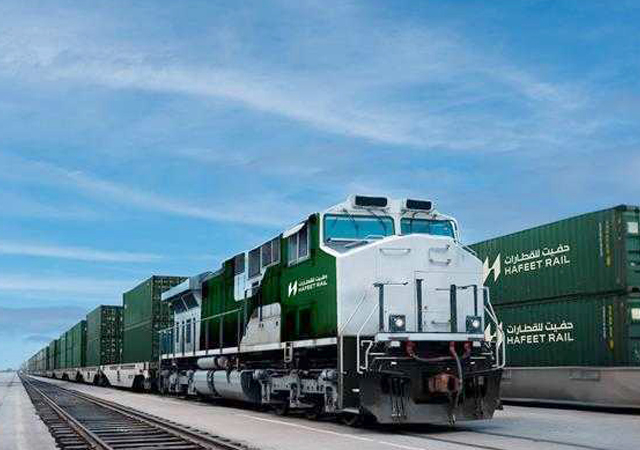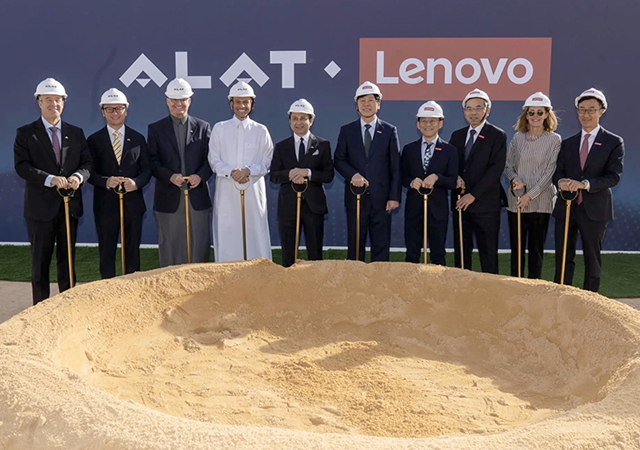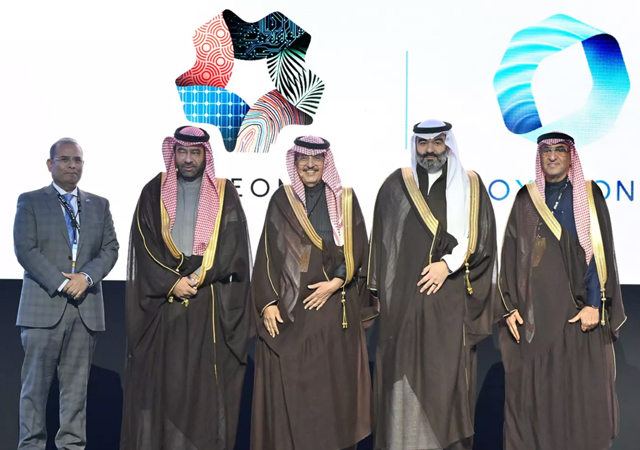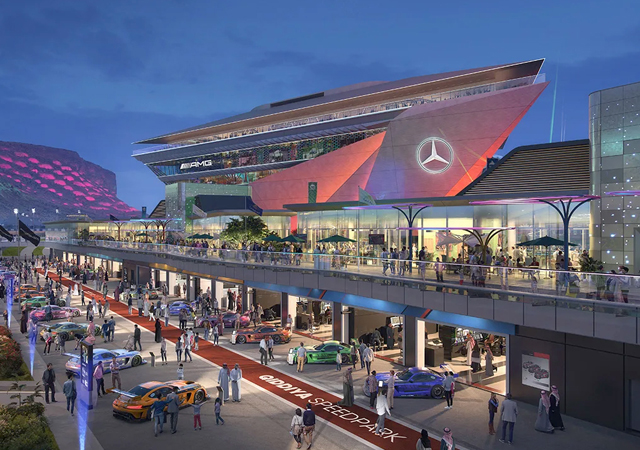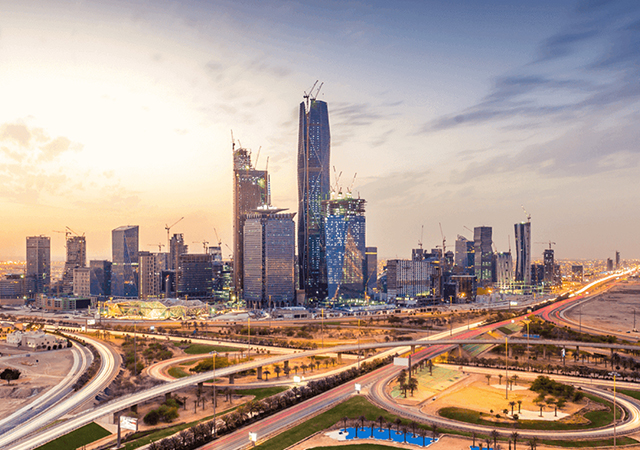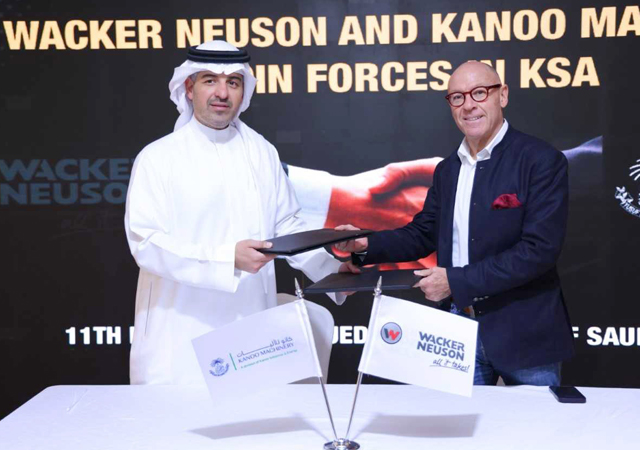
As Saudi Arabia marks its 94th National Day today (September 23), celebrating a remarkable transformation since the launch of Vision 2030, the construction industry is playing a pivotal role in preserving the nation's heritage while shaping its future, said a leading player in the sector.
A prime example of this balance is the Diriyah Project, a $63 billion development transforming the birthplace of the Saudi kingdom. The project features Riyadh limestone, a sustainable and locally sourced material that blends seamlessly with the region's traditional architecture, says Wajdi Marroun, the Managing Director of Versatile International, which is providing destination-scale developers with a stone management consultancy and project oversight service.
Diriyah’s pale, sandy-hued mud-brick and stone buildings pay homage to its rich architectural heritage, blending tradition with modern vision.
Versatile International has been instrumental in incorporating Riyadh limestone into Diriyah's cultural district. Tens of thousands of cubic meters of the stone are being used for foundations, curbs, and gutters, ensuring the project's authenticity and sustainability.
Elaborating on Diriyah, he said: “One of the standout materials used in this project is Riyadh limestone, a highly durable stone known for its natural warmth and subtle variations in colour, making it ideal for both structural and aesthetic applications. Upon completion of the Diriyah Project, over 700,000 sq m of this limestone will have been incorporated into the paving and cladding of its public spaces and architectural assets.
“Riyadh limestone is unique not only for its aesthetic appeal but also for its ability to preserve the authenticity of the Najdi style - a traditional architectural form native to Saudi Arabia, characterised by simple, geometric structures made from mudbrick and stone with minimal ornamentation. The Riyadh limestone’s earthy tone and raw, unpolished look, blends perfectly with this style, allowing the area to maintain a strong sense of cultural continuity.”
“Beyond its visual appeal, Riyadh limestone is also a highly sustainable choice, he stated. Like other traditional materials such as mudbrick, it’s more environmentally friendly than modern engineered alternatives.
“Sourced from local quarries, it requires minimal processing and transportation, resulting in a carbon footprint over 70 lower than that of steel or concrete. Unlike steel and concrete, its production process is nearly chemical-free, requiring no high-heat treatments or harmful additives, further reducing its environmental impact. Most importantly, the stone’s versatility allows it to easily bridge traditional aesthetics and modern structural design,” he said.
Citing Diriyah Art Futures as an example, he said, this 12,000 sqm multi-use structure, built in part with Riyadh limestone, features narrow, deep passages that mimic the organic streets and buildings of Diriyah’s historic neighbourhood. The limestone’s warm glow in the exhibition hall creates a serene backdrop for digital art displays, merging tradition with modernity. The structure also houses state-of-the-art facilities, including an educational centre dedicated to new media, which showcases the stone’s ability to adapt to contemporary needs while honouring the past.
As the Middle East’s first stone project management consultant, Versatile International has been working closely with Diriyah on more than 50 assets within its cultural district. Tens of thousands of cubic meters of Riyadh limestone will be used for foundation plinths and hundreds of kilometres of the stone used for curbs and gutters throughout the project including the gated community of Wadi Safar.-Tradearabia News Service.





 sml.jpg)




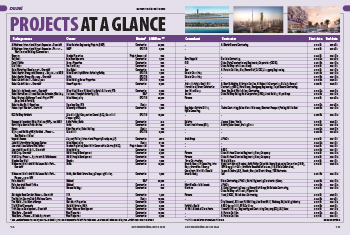



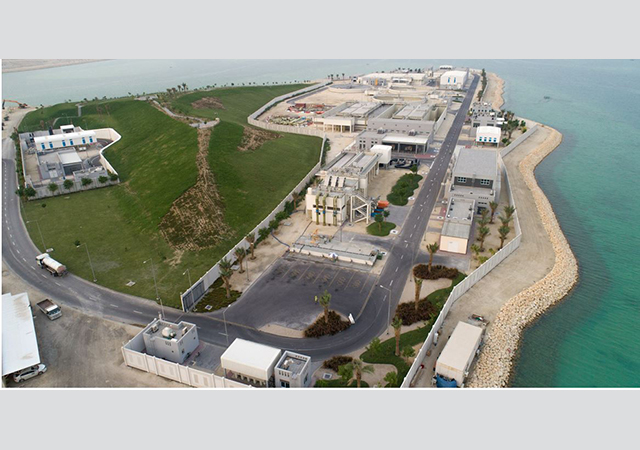


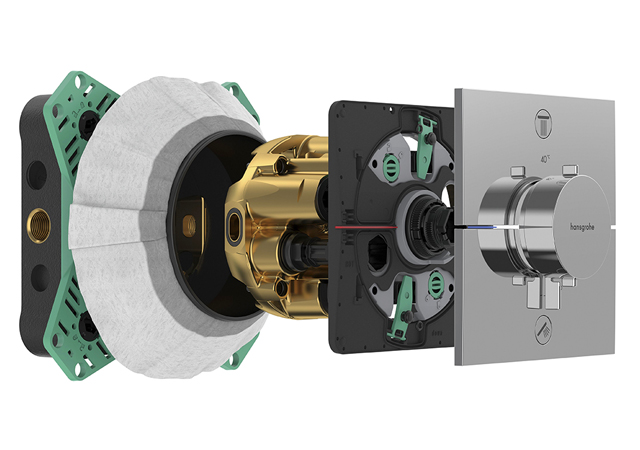
.jpg)
_red.jpg)




